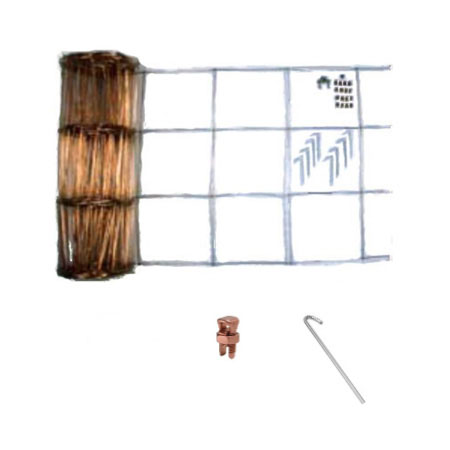I've been building steel reinforced concrete pools for 20 years but have never really taken the time to research and understanding the details of bonding - so i need help.
Yesterday I came upon a situation that I have never seen ...
We built a concrete pool inside 10 raised concrete structure engineered & built to have us build a pool inside it. After waterproofing the inside of the existing structure, we installed our rebar grid inside the structure and, as normal, ran #8 copper & bonded it to the the steel at 4 points, passed inspection and shot the pool leaving the copper leads outside bond beam to tie on the copper bonding loop. However, the home builder hired a deck contractor who has installed a porcelain paver tile as the deck mudded on top of a waterproofing system which itself was installed on top of 4" thick structural styrofoam to create the slope. But the deck contractor did 2 things that now have me in a bind:
1) did not call for a deck bonding inspection
2) Cut off 3 of the 4 copper leads - So now I can not attach the bonding loop even if I have them remove the paver tile and styrofoam.
So, given all that, here is the question - With none of the pool actually touching the earth and the porcelain being on top of styrofoam, is the deck bonding loop actually necessary? Or can we just take the last lead and run it back to the pool motor, heater, etc ... ? or any other solutions other than tearing up the deck, chiseling out part of the pool shell in 3 places and reconnecting to the 3 leads.
Thanks in advance for any help..
Yesterday I came upon a situation that I have never seen ...
We built a concrete pool inside 10 raised concrete structure engineered & built to have us build a pool inside it. After waterproofing the inside of the existing structure, we installed our rebar grid inside the structure and, as normal, ran #8 copper & bonded it to the the steel at 4 points, passed inspection and shot the pool leaving the copper leads outside bond beam to tie on the copper bonding loop. However, the home builder hired a deck contractor who has installed a porcelain paver tile as the deck mudded on top of a waterproofing system which itself was installed on top of 4" thick structural styrofoam to create the slope. But the deck contractor did 2 things that now have me in a bind:
1) did not call for a deck bonding inspection
2) Cut off 3 of the 4 copper leads - So now I can not attach the bonding loop even if I have them remove the paver tile and styrofoam.
So, given all that, here is the question - With none of the pool actually touching the earth and the porcelain being on top of styrofoam, is the deck bonding loop actually necessary? Or can we just take the last lead and run it back to the pool motor, heater, etc ... ? or any other solutions other than tearing up the deck, chiseling out part of the pool shell in 3 places and reconnecting to the 3 leads.
Thanks in advance for any help..


